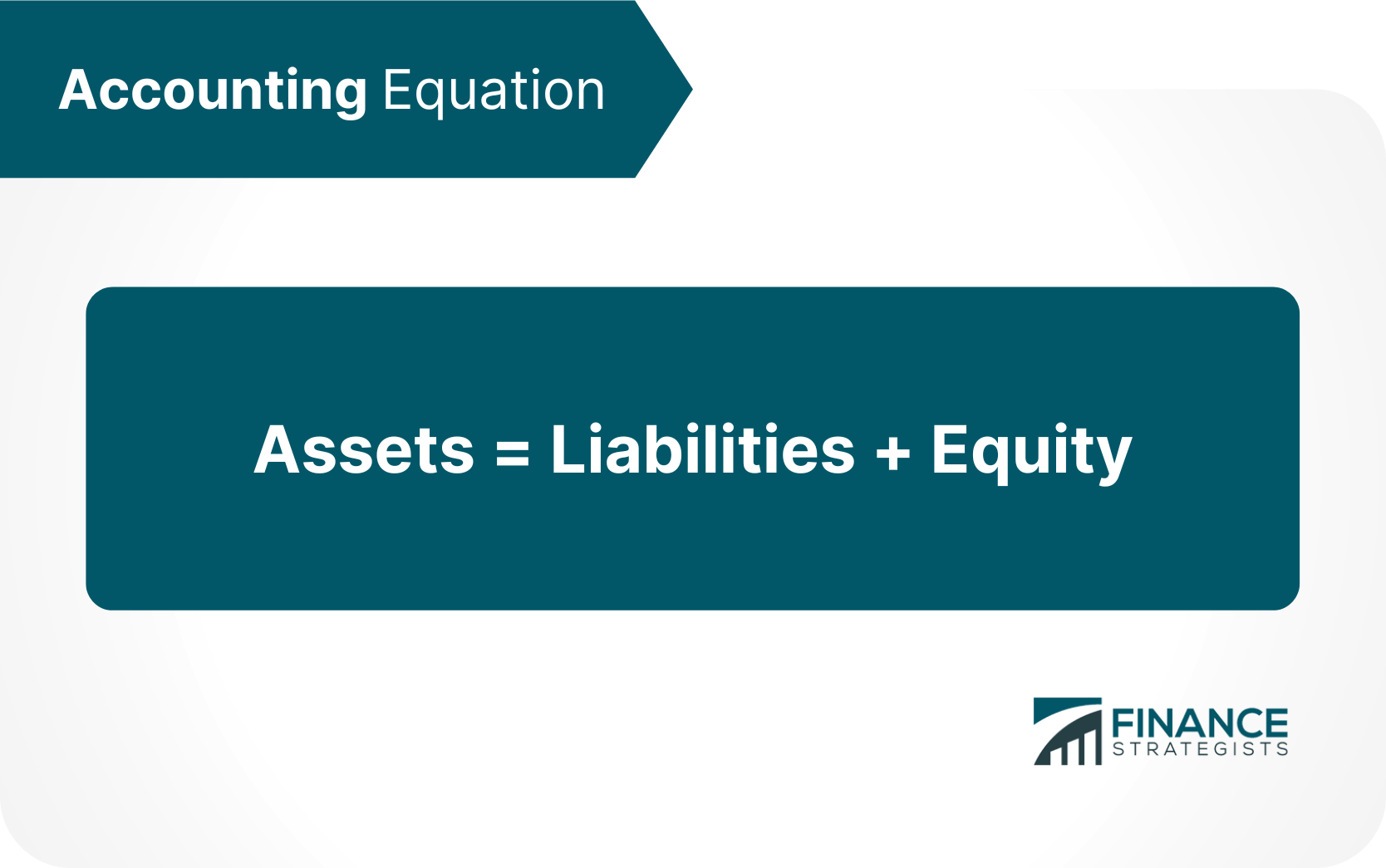What Is Shareholder Equity SE and How Is It Calculated?

The accounting method that a company chooses affects how its net income and cash flow numbers are reported. Therefore, the accounting method is an important consideration when analyzing what is se in accounting companies involved in the exploration and development of oil and natural gas. The accounting equation plays a significant role as the foundation of the double-entry bookkeeping system.
- However, when a company sells an asset, the transaction is treated as cash-in when calculating cash from investing.
- 2.) Preferred stock- Preferred stock shares are usually more expensive and receive dividend distributions before common stockholders and in many cases they receive preferential treatment.
- Founded in 1993 by brothers Tom and David Gardner, The Motley Fool helps millions of people attain financial freedom through our website, podcasts, books, newspaper column, radio show, and premium investing services.
- Outsourcing can offer many advantages because it allows you to take advantage of specialized skill sets that may not be available when hiring someone in-house.
Cost Accounting
If used in conjunction with other tools and metrics, the investor can accurately analyze the health of an organization. Current assets include cash and anything that can be converted to cash within a year, such as accounts receivable and inventory. Cash from financing activities includes cash from investors and banks, as well as how cash is distributed to shareholders. This includes any dividends, payments for stock repurchases, and debt principal repayment (loans) made by the company. Because cash is used to purchase new equipment, buildings, or short-term assets such as marketable securities, changes in cash from investing are usually considered cash-out items.
Common Mistakes to Avoid with Schedule SE
This is the percentage of net earnings that is not paid to shareholders as dividends. Information provided on the World Wide Web by Smith Elliott Kearns & Company, LLC is intended for reference only. Information on this web site does NOT constitute professional accounting, tax or legal advice and should not be interpreted as such.
Real-World Example of the Accounting Equation
Accounts receivable list the amounts of money owed to the company by its customers for the sale of its products. Assets include cash and cash equivalents or liquid assets, which may include Treasury bills and certificates of deposit (CDs). The accounting equation is also called the basic accounting equation or the balance sheet equation. Accounting is by far one of the most important and prevalent fields in the world today.

Instead of recording a transaction when it occurs, the cash method stipulates a transaction should be recorded only when cash has been exchanged. These rules are outlined by GAAP and IFRS, are required by public companies, and are mainly used by larger companies. Just as managerial accounting helps businesses make management decisions, cost accounting helps businesses make decisions about costing. Essentially, cost accounting considers all of the costs related to producing a product. The retained earnings are used primarily for the expenses of doing business and for the expansion of the business. H&S Accounting & Tax Services specializes in the accounting and tax needs of individuals, professionals and small businesses.
The results of all financial transactions that occur during an accounting period are summarized in the balance sheet, income statement, and cash flow statement. The financial statements of most companies are audited annually by an external CPA firm. Accounting is the process of recording financial transactions pertaining to a business. The accounting process includes summarizing, analyzing, and reporting these transactions to oversight agencies, regulators, and tax collection entities. The financial statements used in accounting are a concise summary of financial transactions over an accounting period, summarizing a company’s operations, financial position, and cash flows. The cash flow statement (CFS) is a financial statement that summarizes the movement of cash and cash equivalents (CCE) that enter and leave a business.
These may include loans, accounts payable, mortgages, deferred revenues, bond issues, warranties, and accrued expenses. The major and often largest value assets of most companies are that company’s machinery, buildings, and property. The difference between these two accounting methods is the treatment of accruals. Because of the simplified manner of accounting, the cash method is often used by small businesses or entities that are not required to use the accrual method of accounting. It can decrease if a company incurs losses or distributes dividends to shareholders. During a liquidation process, the value of physical assets is reduced and there are other extraordinary conditions that make the two numbers incompatible.
Both liabilities and shareholders’ equity represent how the assets of a company are financed. If it’s financed through debt, it’ll show as a liability, but if it’s financed through issuing equity shares to investors, it’ll show in shareholders’ equity. The income and retained earnings of the accounting equation is also an essential component in computing, understanding, and analyzing a firm’s income statement.
Negative shareholder equity means that the company’s liabilities exceed its assets. Many investors view companies with negative shareholder equity as risky or unsafe investments. But shareholder equity alone is not a definitive indicator of a company’s financial health.
